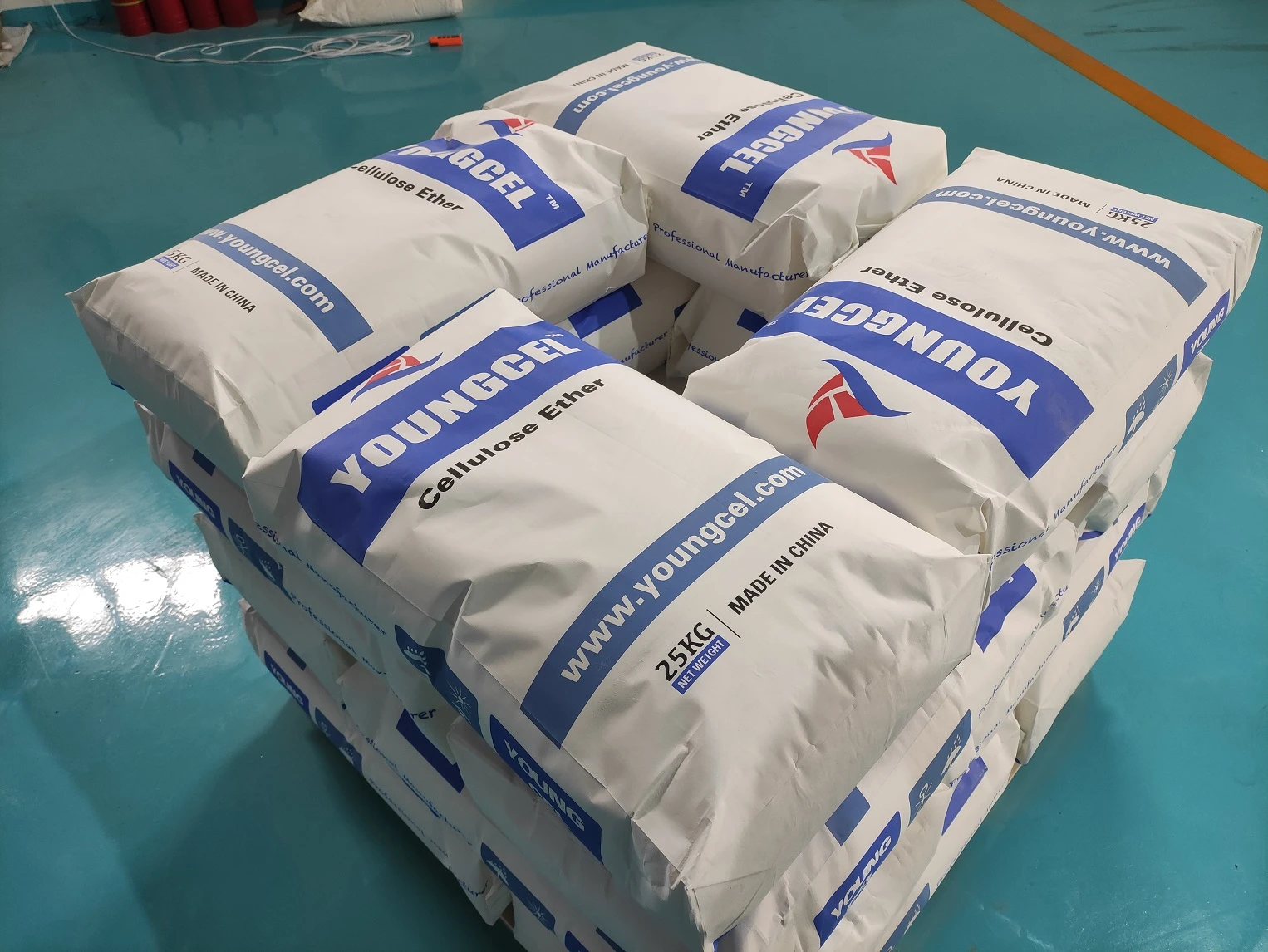HPMC Powder Wall Putty A Comprehensive Overview
HPMC, or Hydroxypropyl Methylcellulose, is an essential ingredient in the formulation of powder wall putty, a widely used material in modern construction. Wall putty serves as a smoothing agent for walls, providing a strong, smooth surface that enhances the aesthetics and durability of paint finishes. HPMC's unique properties make it an ideal additive for improving the performance of wall putty, particularly in terms of workability, adhesion, and water retention.
The Composition of HPMC Powder Wall Putty
HPMC is a cellulose ether derived from natural cellulose. It is non-ionic, making it stable in a wide range of pH levels. The addition of HPMC to powder wall putty improves the consistency and application properties of the mixture. The typical composition of HPMC powder wall putty includes cement, calcium carbonate, fillers, and various additives, with HPMC acting as a key modifier.
HPMC comes in various grades and viscosity levels, which allows manufacturers to tailor the wall putty to meet specific performance requirements. The varying grades of HPMC influence characteristics such as sag resistance, open time, and setting time, making it essential for formulators to select the correct type for their application.
Benefits of Using HPMC in Wall Putty
1. Enhanced Workability One of the primary advantages of using HPMC in wall putty is improved workability. The water retention properties of HPMC allow for a longer workable time during application. This prolongs the time contractors have for spreading and smoothing the putty before it begins to set.
hpmc powder wall putty

2. Improved Adhesion HPMC enhances the adhesion of the wall putty to different substrates, such as concrete or masonry. Improved adhesion reduces the risk of cracking or peeling, ensuring a long-lasting finish that can withstand wear and environmental factors.
3. Water Retention HPMC's ability to retain water helps to keep the putty moist during the curing process. This is crucial for achieving the right strength and durability, especially in regions with variable climate conditions where rapid drying can lead to surface defects.
4. Flexibility and Strength The inclusion of HPMC in wall putty can contribute to the flexibility of the dried film, helping to accommodate minor shifts in building materials due to temperature changes or settling. This flexibility can prevent cracks from forming over time.
5. Eco-Friendly Characteristics HPMC is derived from natural cellulose, making it a more environmentally friendly option compared to synthetic additives. As the construction industry moves towards more sustainable practices, the use of HPMC aligns well with these goals.
Application of HPMC Powder Wall Putty
HPMC powder wall putty is widely used in both residential and commercial construction projects. It is applicable on internal and external walls, providing a smooth undercoat for final paints and finishes. The application process is straightforward the HPMC wall putty is mixed with water, applied to the wall surface using a putty knife or trowel, and then smoothed out to achieve the desired finish.
In conclusion, HPMC powder wall putty is not just a functional material; it plays a vital role in enhancing the performance and durability of wall finishes. Its ability to improve workability, adhesion, and overall aesthetic quality makes it a critical component in modern construction practices. As the industry continues to evolve, the importance of sustainable and high-performance materials like HPMC will undoubtedly grow, ensuring that buildings not only look good but also stand the test of time.






